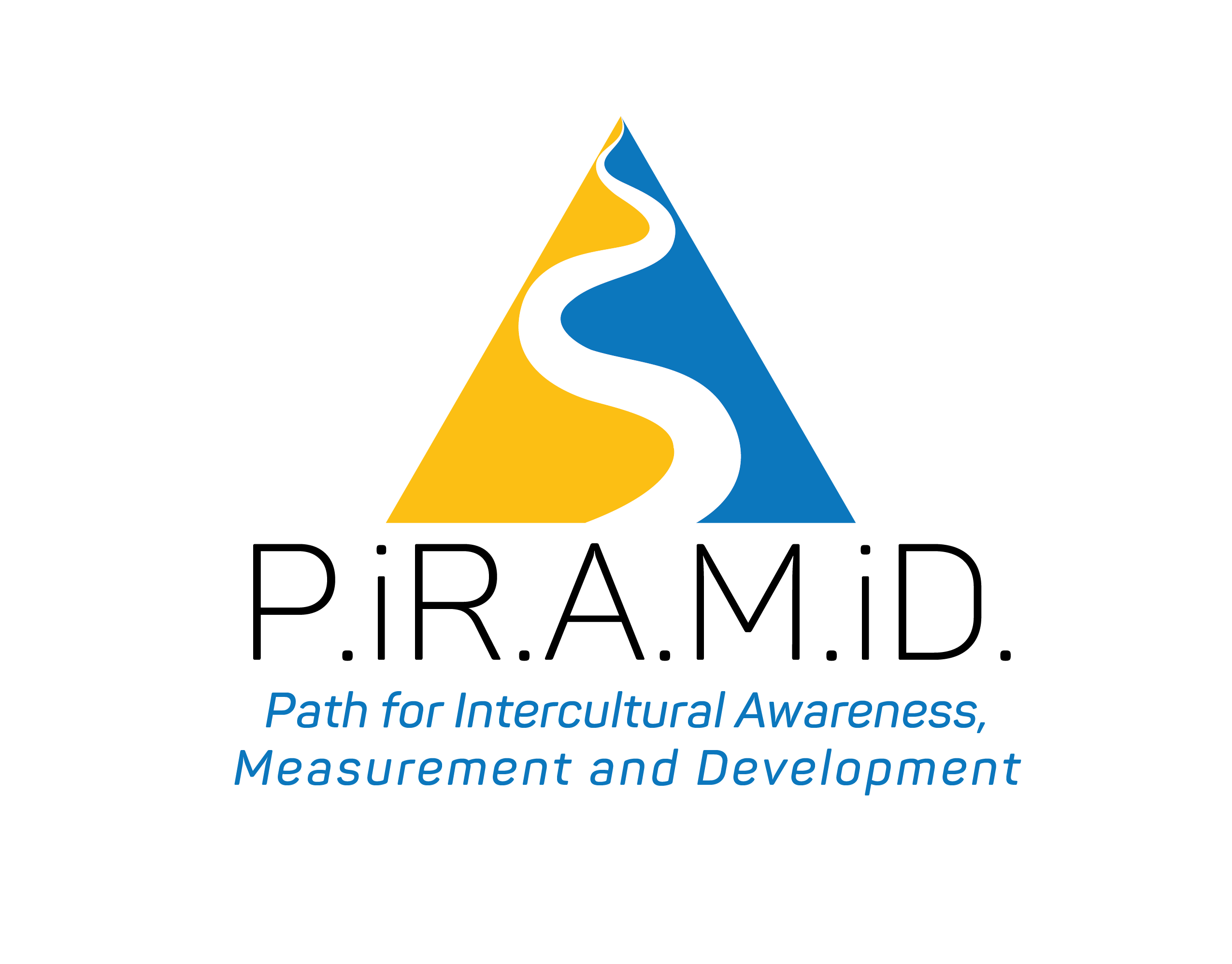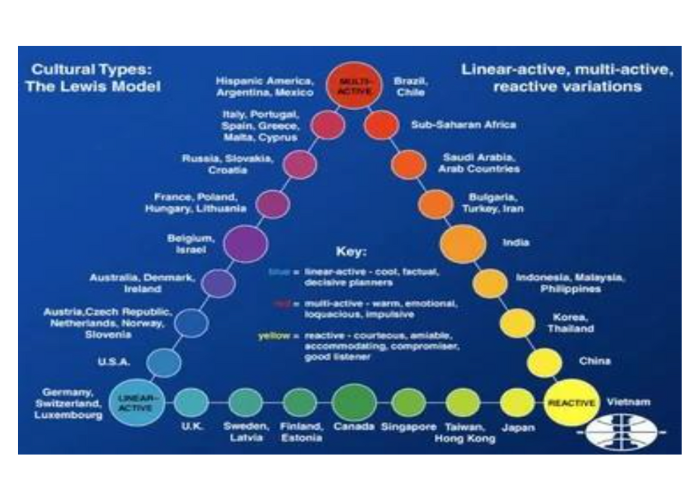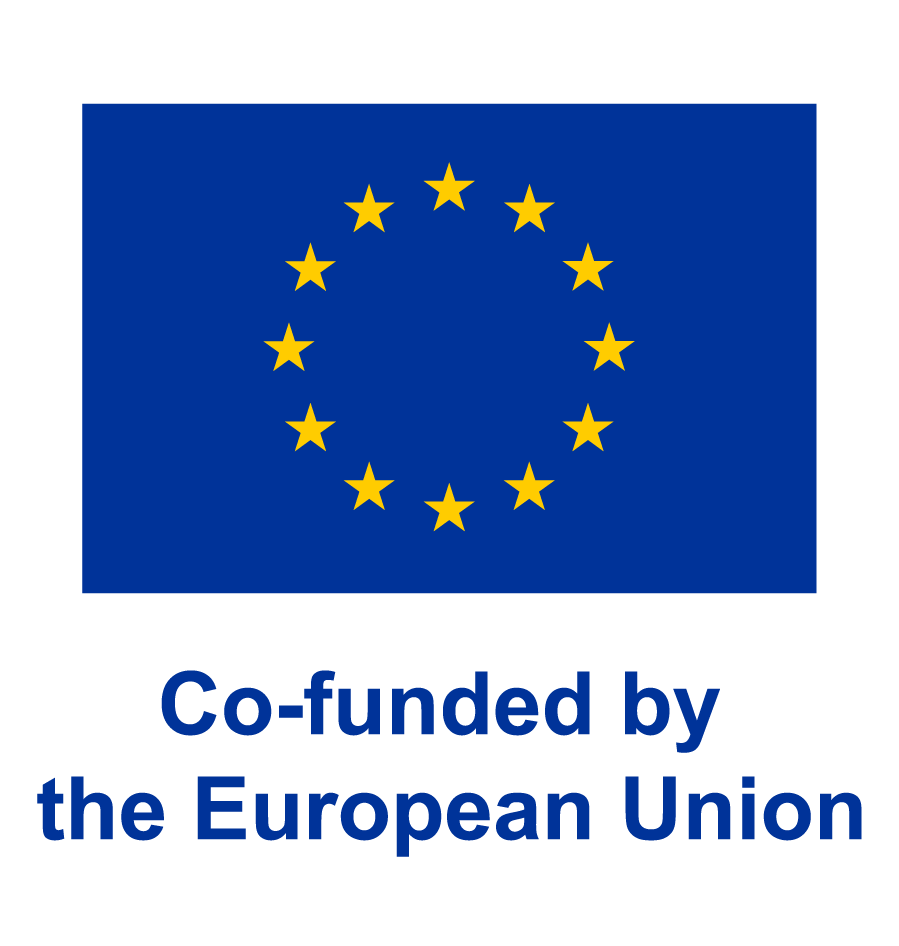This website use cookies to ensure you get the best experience on our website

P.IR.A.M.iD
2023-1-ES01-KA220-VET-000157060
Multi-active cultures: mastering the art of organised chaos
28 March 2025

In a professional world ruled by processes, deadlines, and rigid schedules, multi-active cultures can seem both puzzling and fascinating. Richard D. Lewis in his book entitled When Cultures Collide describes them as cultures where people juggle several tasks at once, express emotions openly, and prioritize human relationships over strict planning.
What is a multi-active culture?
A multi-active culture could be defined as a culture where people prefer to do many things at the same time rather than follow a linear sequence. Talking, flexibility, spontaneity, and interpersonal connections are highly valued. “Multi-actives do many things at once, are talkative and impulsive. They attach great importance to family, feelings, relationships, and people in general.”
Examples of multi-active cultures include Latin American countries (Brazil, Mexico, Venezuela), Southern European nations (Italy, Spain, Greece), and parts of the Middle East.
An organisation that seems chaotic…yet worksWhat may seem like disorganised chaos to a Finnish or German manager is, in fact, a form of effective functioning for an Italian or Colombian. In these cultures schedules are flexible and open to change, interruptions are common and even welcomed. Verbal communication normally is preferred over written instructions, as well as emotions are part of professional interaction. “Multi-actives are loquacious, emotional and impulsive people who attach great importance to interpersonal relationships. They do not organize their time rigidly and are not particularly punctual.”
This difference can lead to many challenges to face. When a linear-active professional (e.g., from Germany or Switzerland) works with a multi-active colleague in a global work environment, misunderstandings may arise. For example, the multi-active individual might be perceived as disorganised or unreliable, while the linear-active person may seem cold or inflexible. Conflicts can occur due to differing views on priorities. However, once understood, multi-active cultures bring rich value: creativity, adaptability, emotional intelligence, and strong interpersonal bonds.
Let’s list here some on how to work effectively with multi-active colleagues.
Be flexible with time: Don’t be offended if meetings start late or run over.
Invest in the personal relationship: Take time to chat and establish trust before discussing business.
Expect frequent changes: Plans may shift and adapt with agility.
Embrace emotions in communication: Emotional expression shows involvement, not unprofessionalism.
In conclusion, working in a multi-active culture means accepting that order doesn’t always follow a linear logic. It’s about realizing that efficiency can come from animated conversations, brilliant improvisation, or spontaneous multitasking. As Lewis describes it, it’s the art of organised and mastered chaos.
Resources:
When Cultures Collide. Leading across cultures (Third edition). Richard D. Lewis. Printed in Finland by Bookwell, 2006, 1999, 1996.

This project has been funded with support from the European Commission.
This publication reflects the views only of the authors, and the Commission cannot be held responsible for any use which may be made of the information contained therein.
